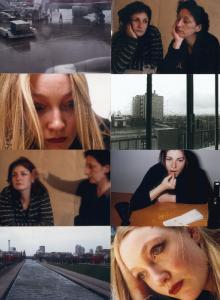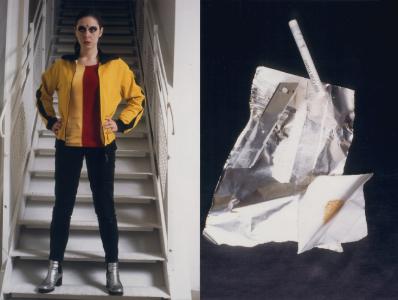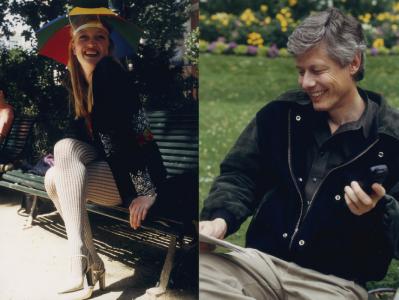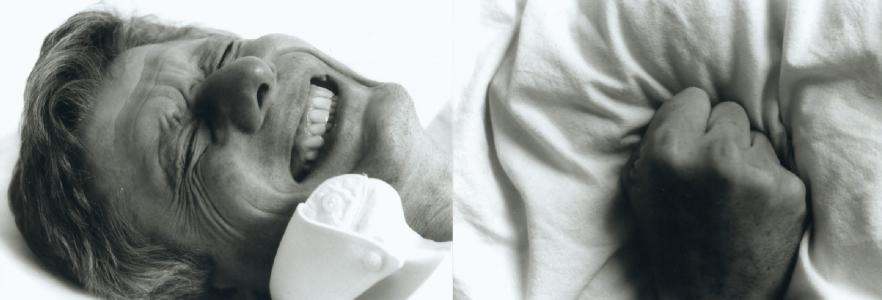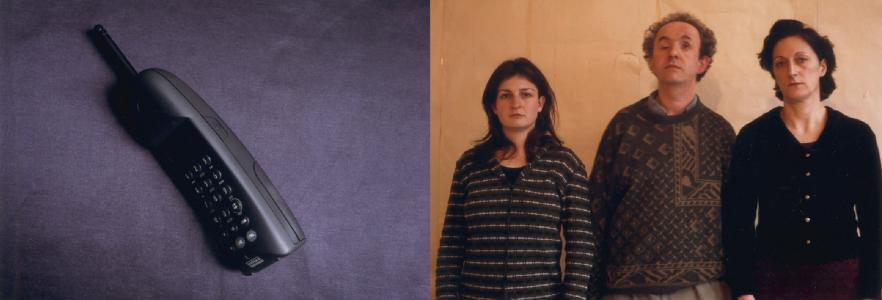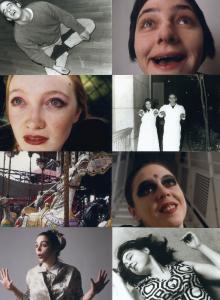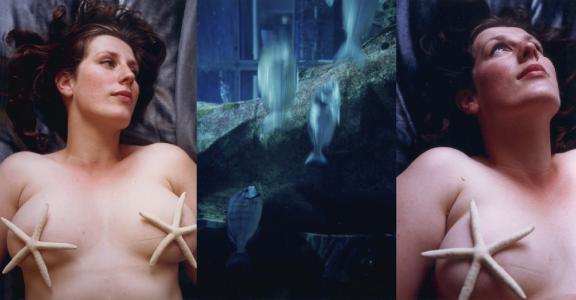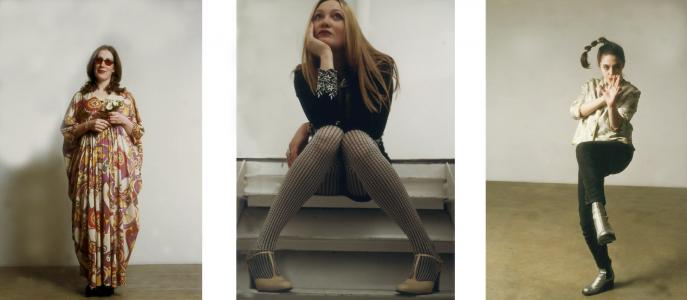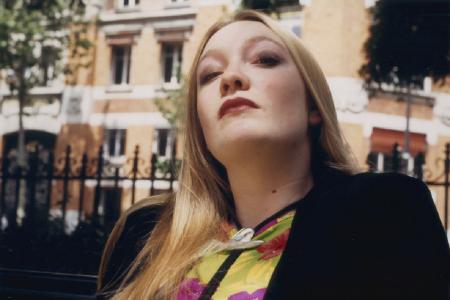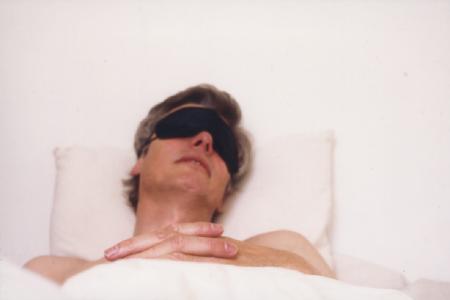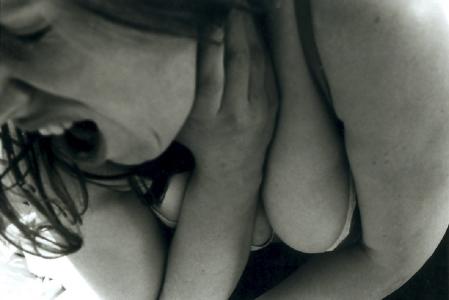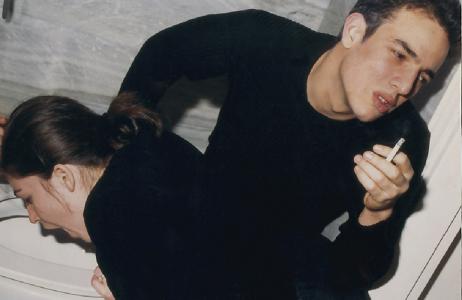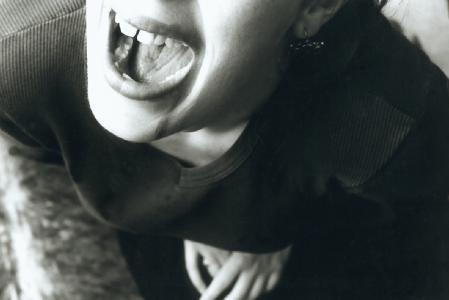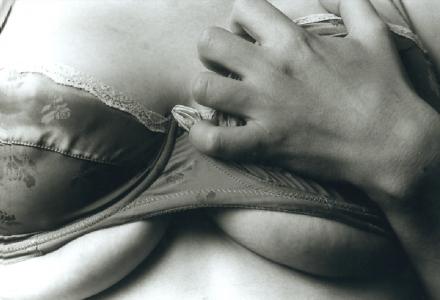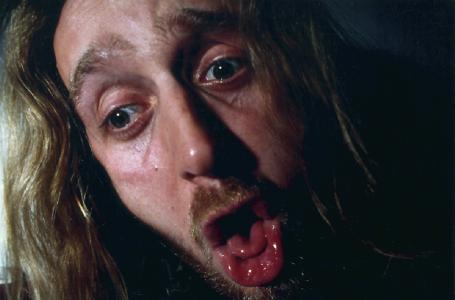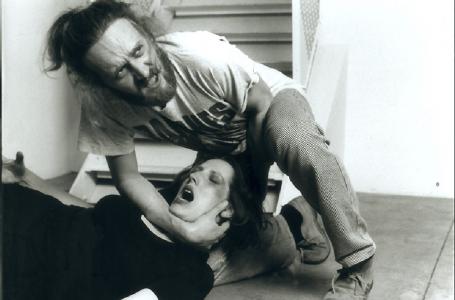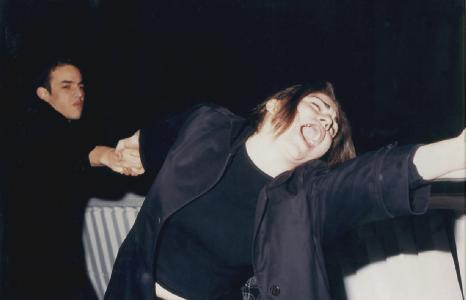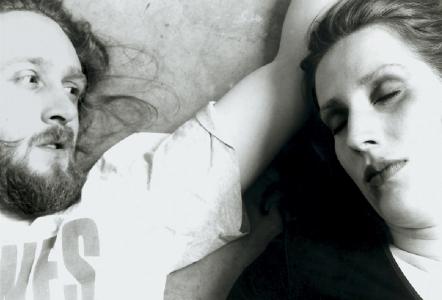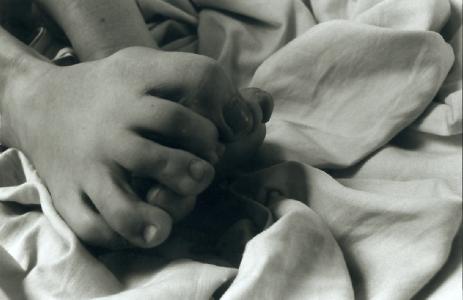HYPER
Read the text | Diaporama | Back to gallery
Visual and sound installation
Sizes and techniques: 91 photographs H 60 X L 50 cm, H 40 X L 30 cm and H 30 X L 40 cm, color and black and white prints pasted on aluminum.
Limited edition of 5.
Price: contact me. More information.
Sound system by Daniel Gries, duration 11' LISTEN
Hyper
“With Loup, the artificial turns out to be an acknowledged figure of style. When placed in the service of visual simulations modeled on classical iconography (playing with the notion of pose, for example) or the photo-roman picture story, it can express various problematics differently from the illusionism of "Les Oignons" (Mireille Loup, 1993). Such is the case with Hyper (1998), a veritable collection of intimate tragedies and human figures in crisis. Once again taking the form of a photographic frieze, Hyper offers a catalogue of images that illustrate fairly contemporary forms of excess--combat, depression, disgust, ecstasy, talk shows. Views that are combined but each time autonomous--a woman crying, a deserted urban landscape, someone vomiting into the toilet or urgently popping a pill. Certain screened images seem to come directly from the TV. The hysteria arising from this vision is tempered by the rustling sound of countryside and wind, a highly contradictory backdrop of bucolic atmosphere. An homage to the injured body of this end of the millennium and its fantasies of harmony.”
Paul Ardenne, An aesthetic of the injured body, in Mireille Loup (monographic catalogue), translation Miriam Rosen, 1998.
HYPER
Read the text | Back to gallery
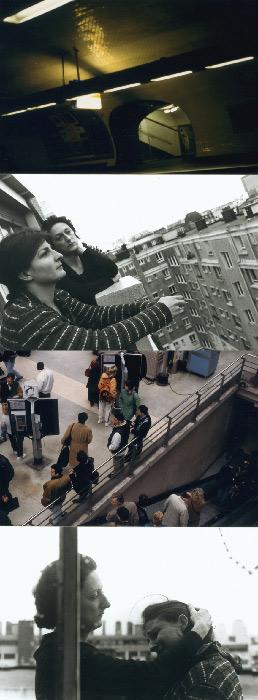
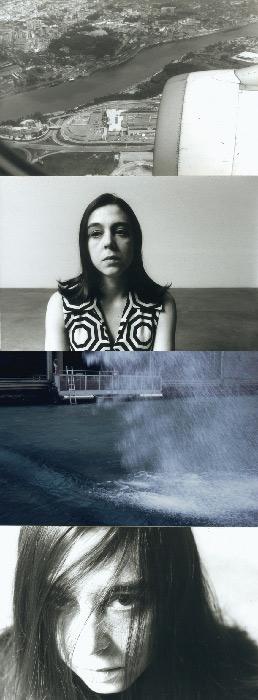
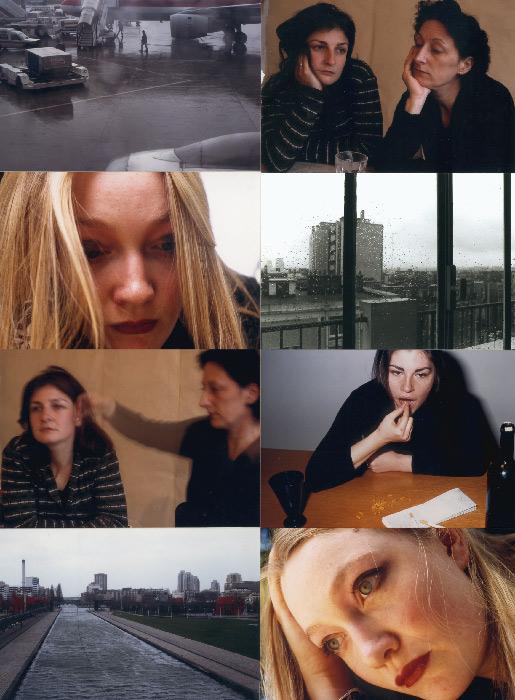
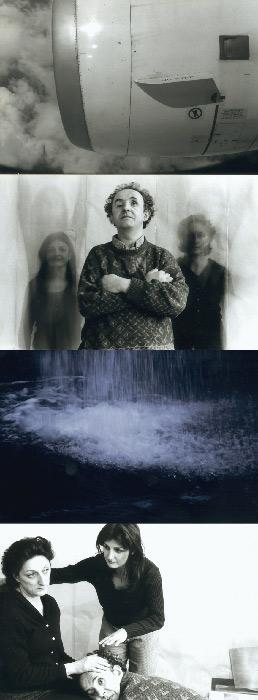
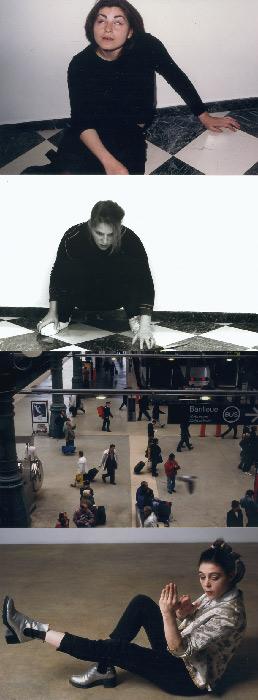
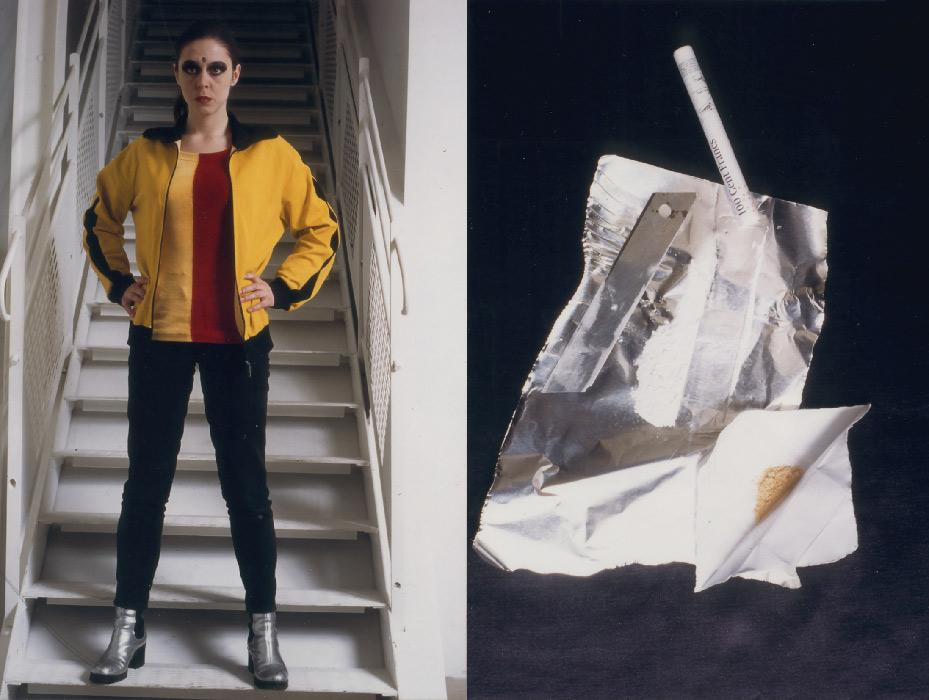
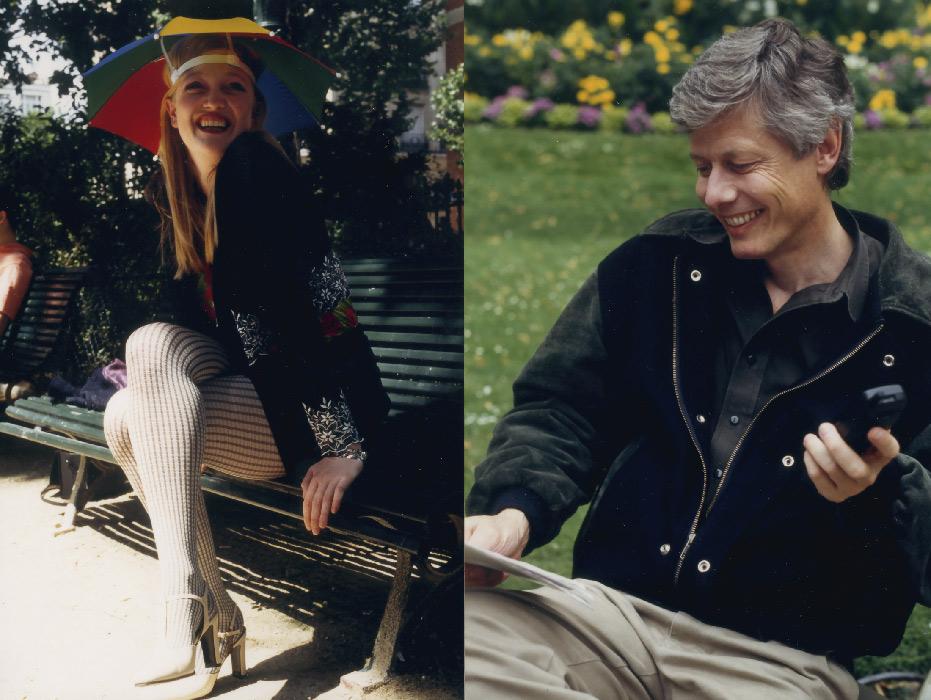
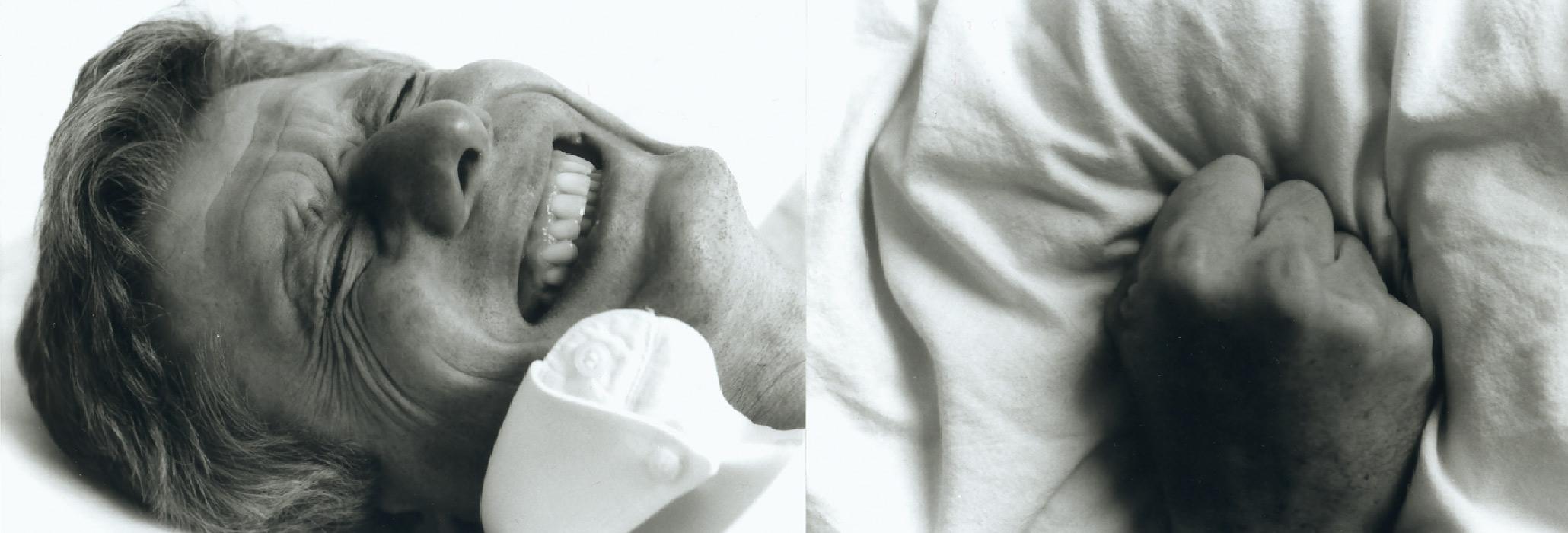

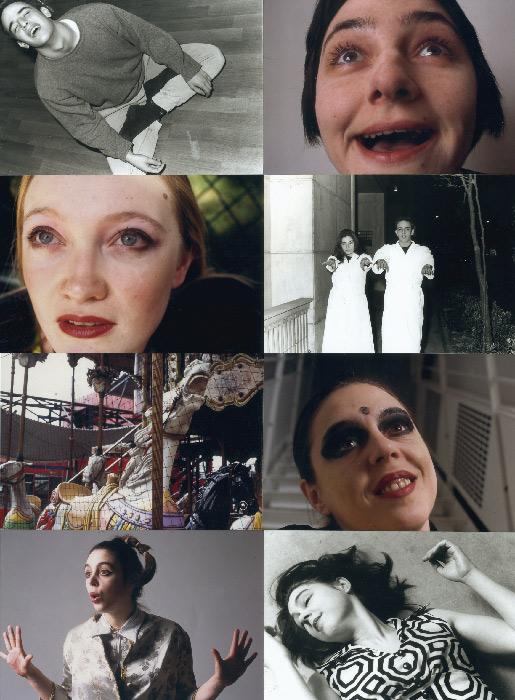
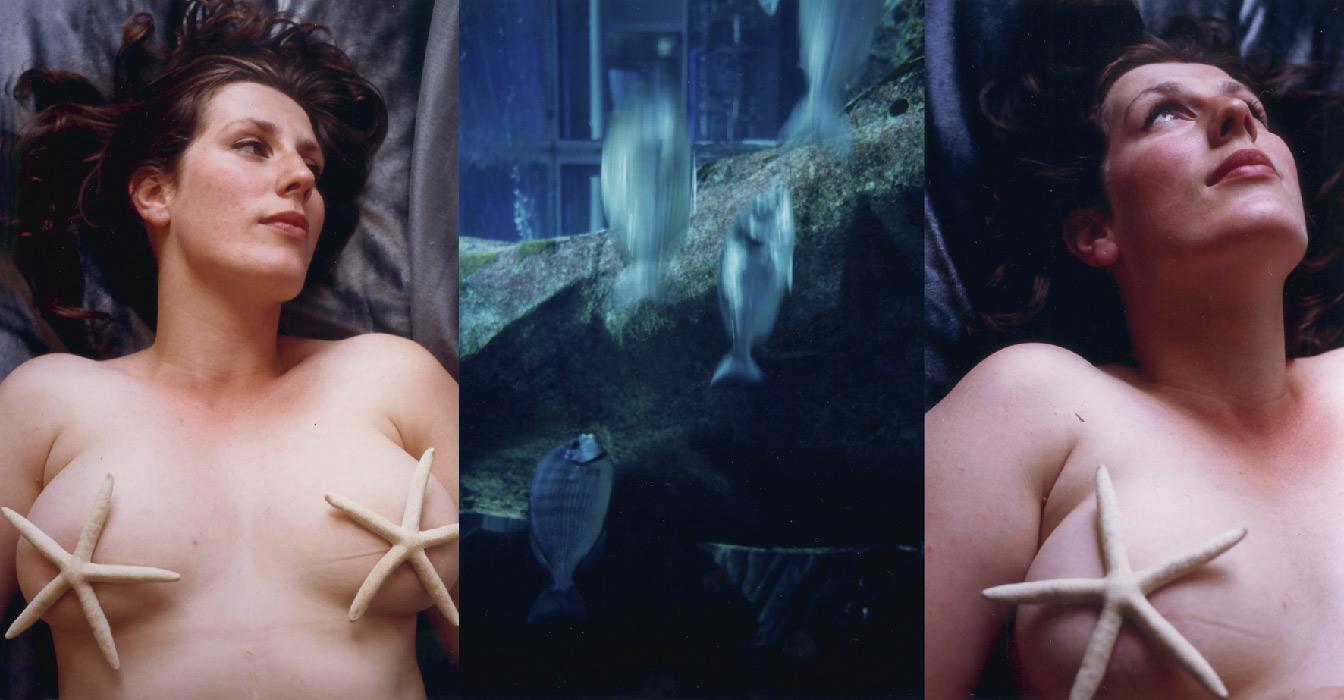

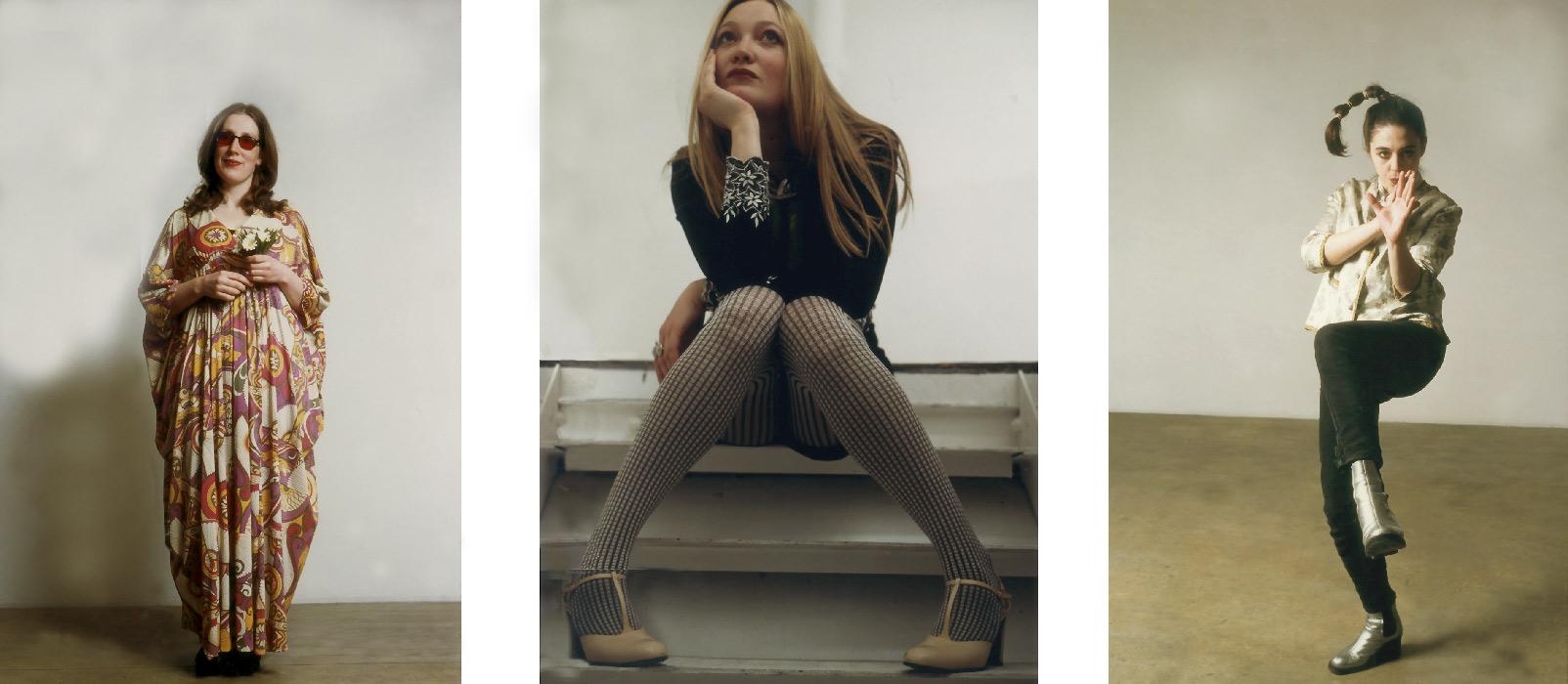
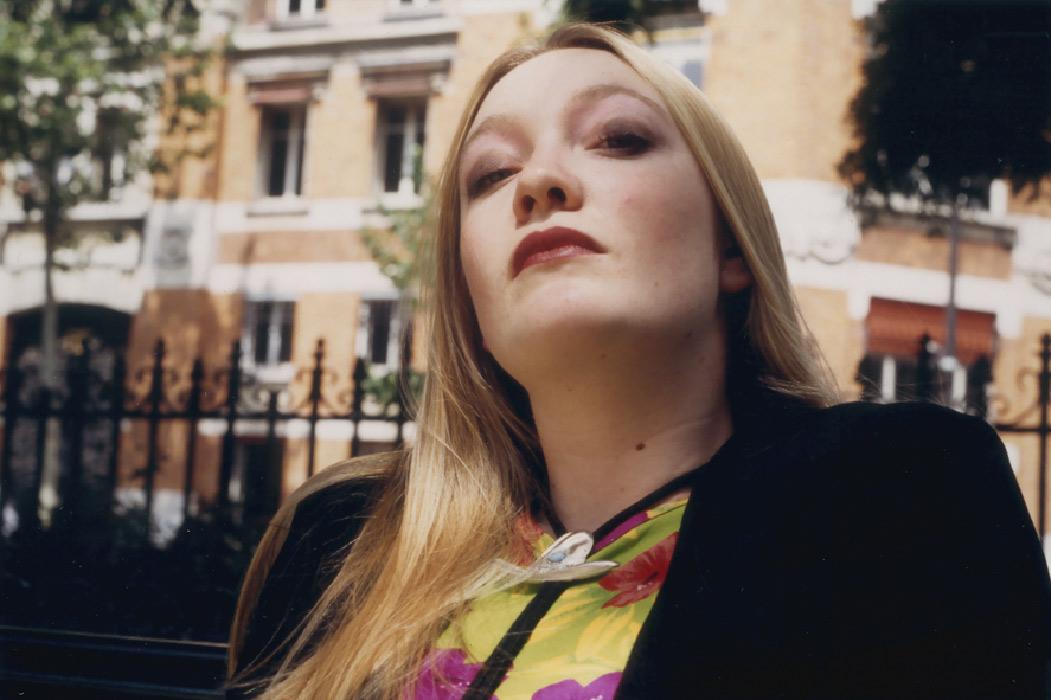
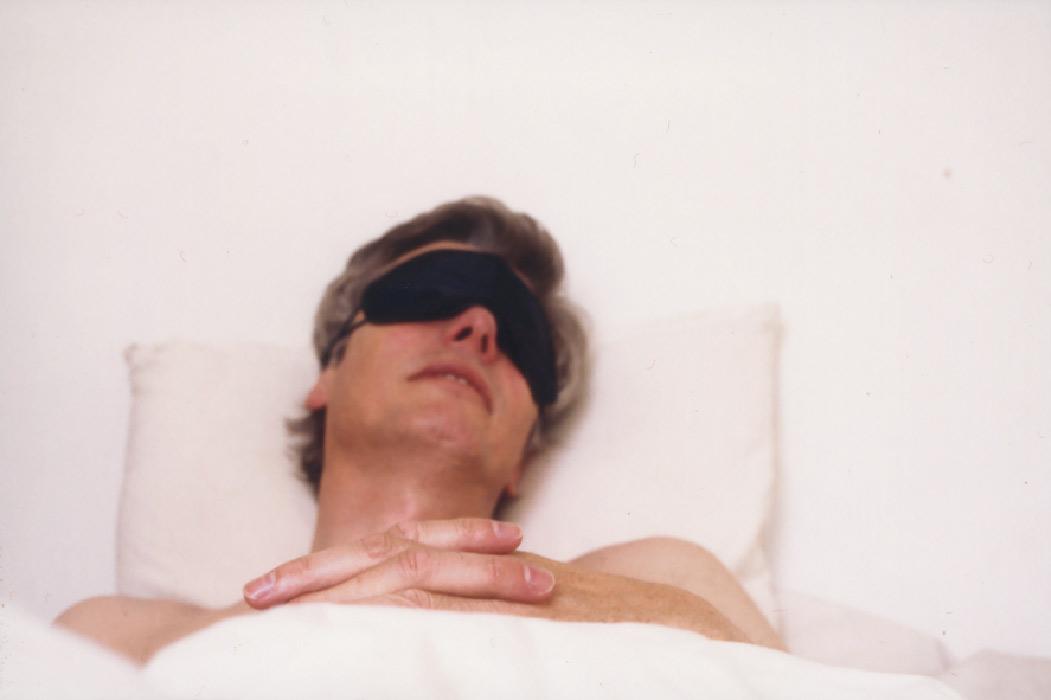
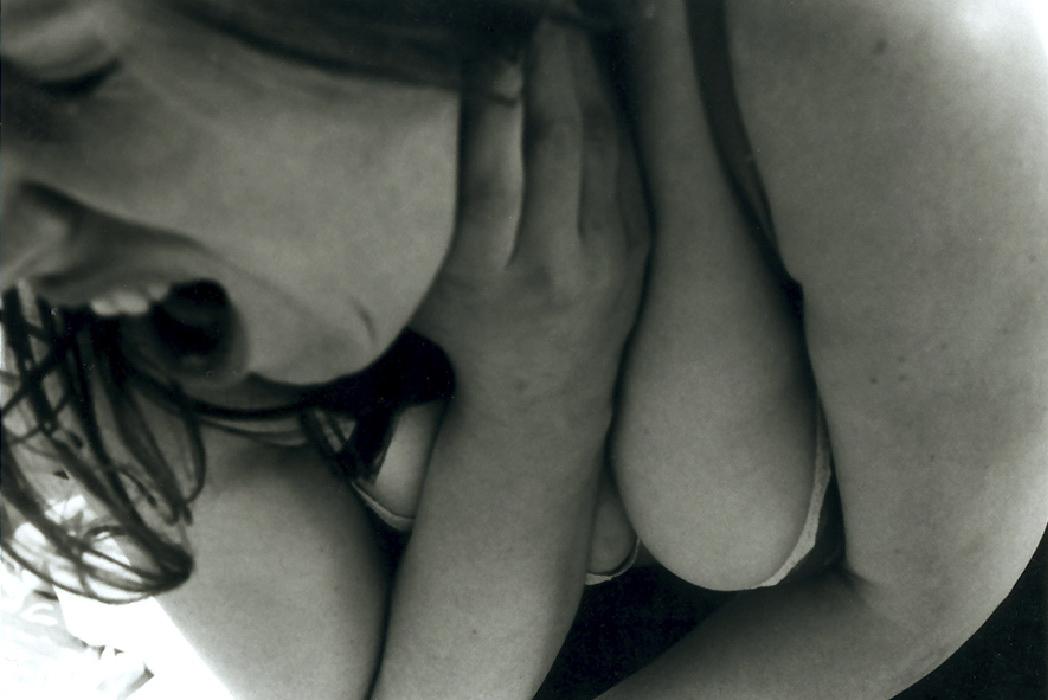
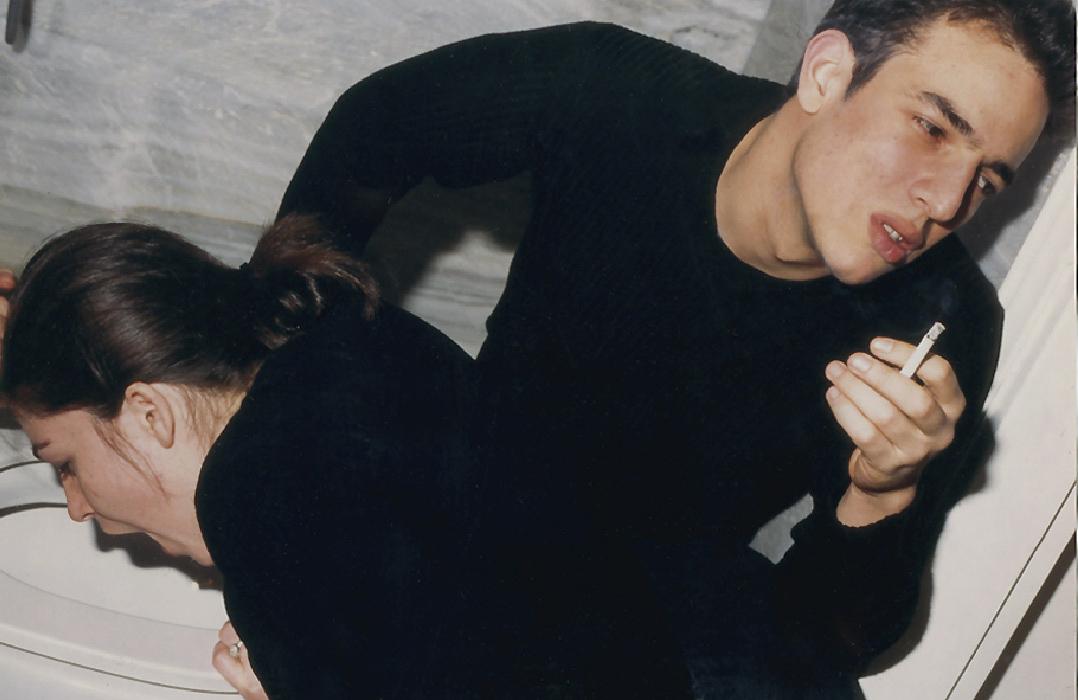

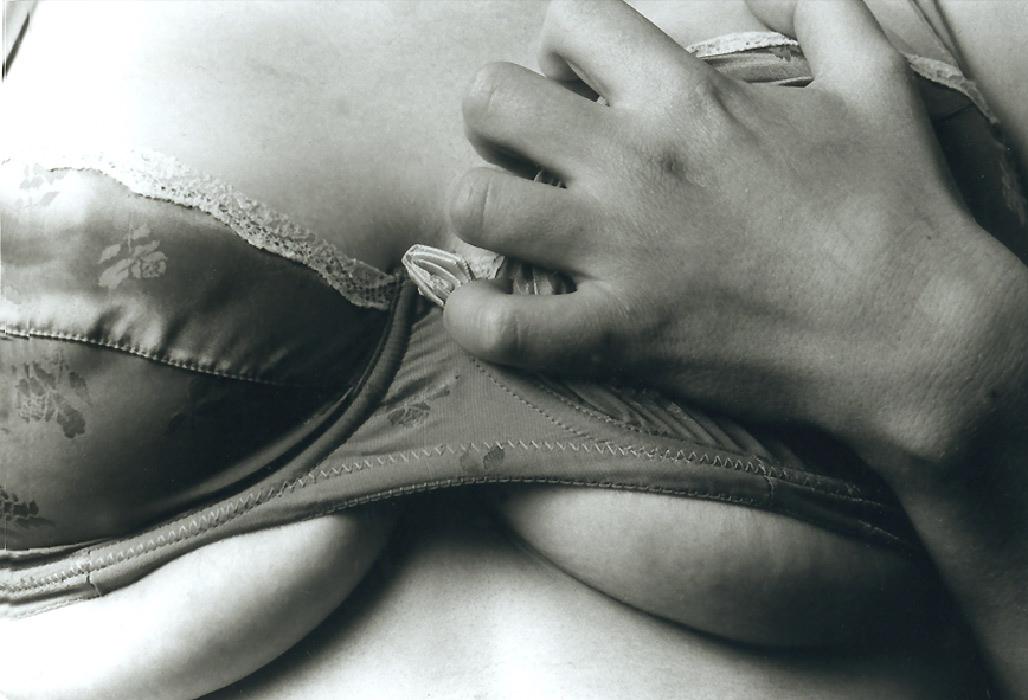
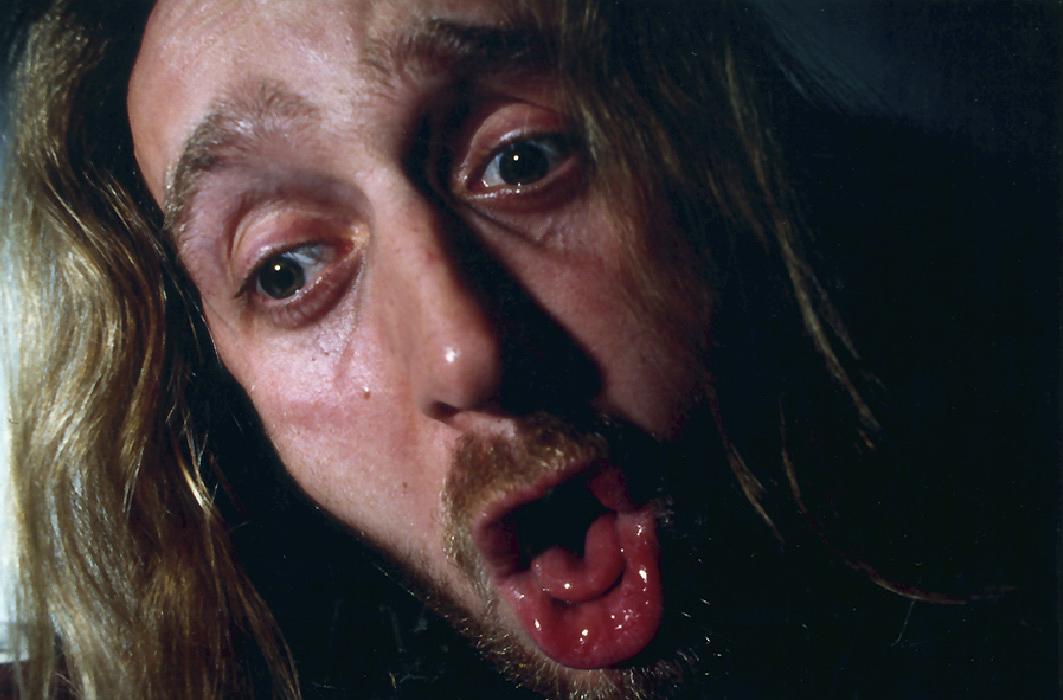
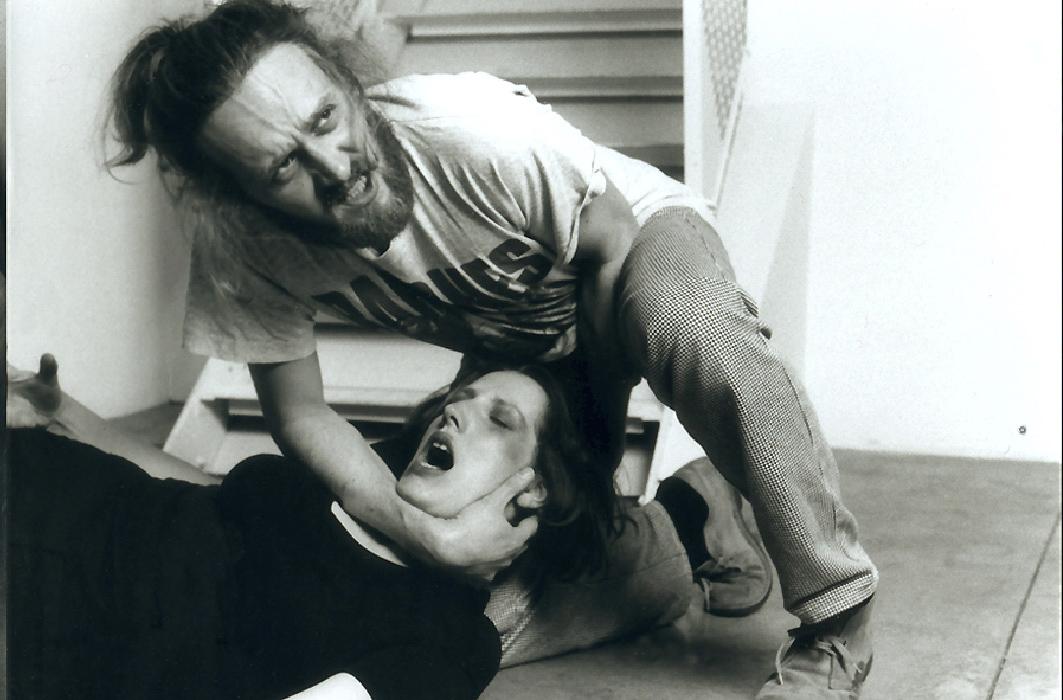
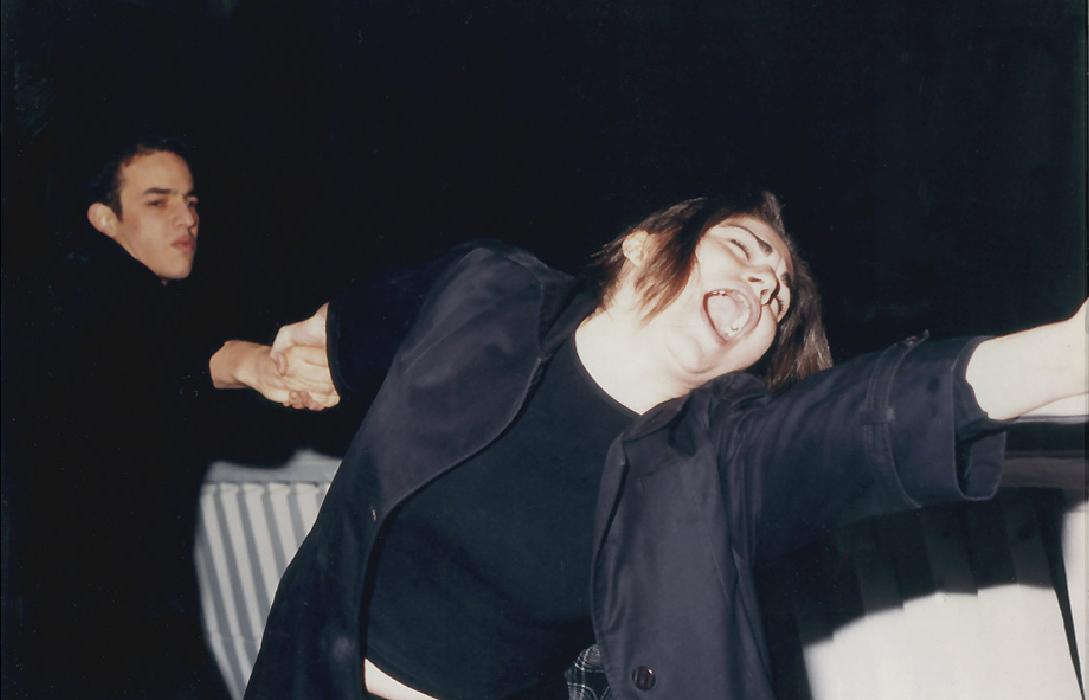
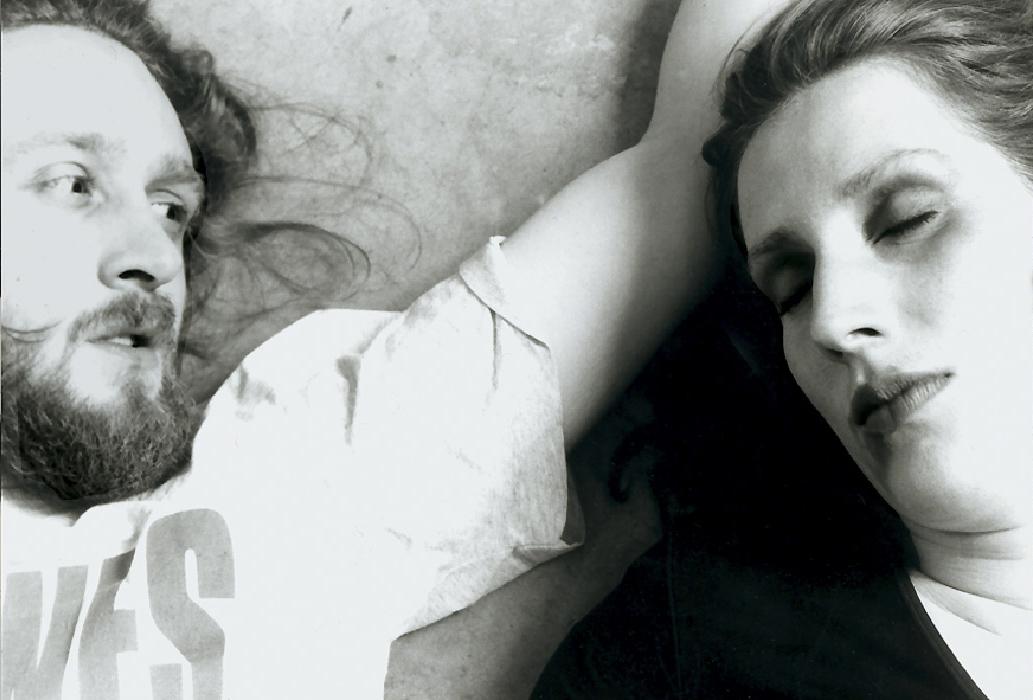
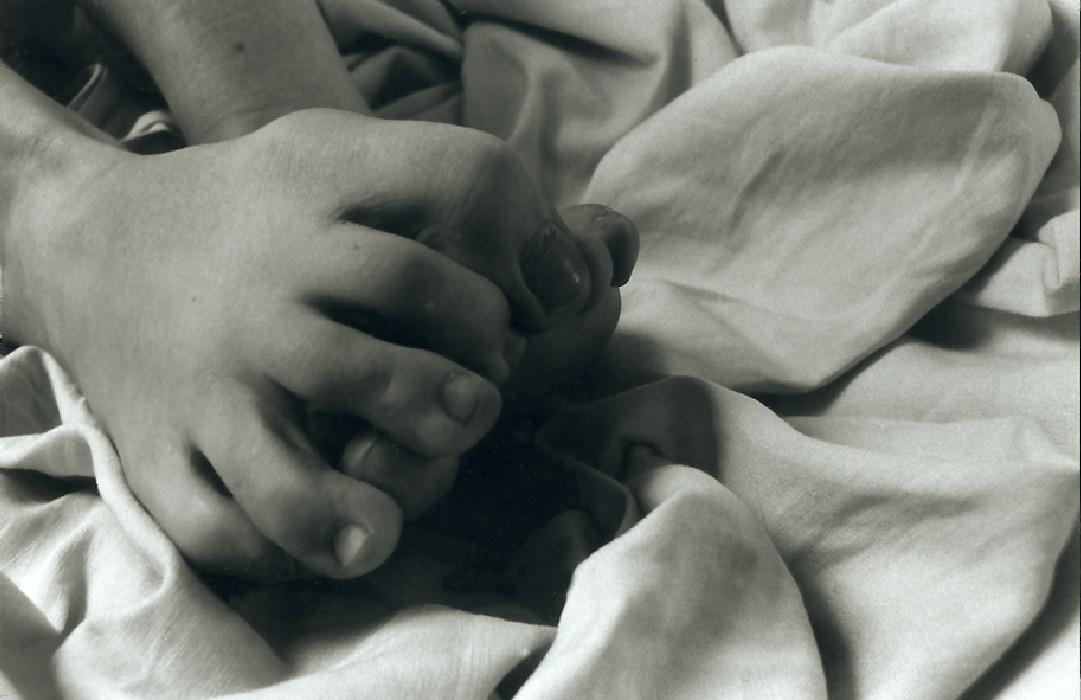
Visual and sound installation
Sizes and techniques: 91 photographs H 60 X L 50 cm, H 40 X L 30 cm and H 30 X L 40 cm, color and black and white prints pasted on aluminum.
Limited edition of 5.
Price: contact me. More information.
Sound system by Daniel Gries, duration 11' LISTEN
Hyper
“With Loup, the artificial turns out to be an acknowledged figure of style. When placed in the service of visual simulations modeled on classical iconography (playing with the notion of pose, for example) or the photo-roman picture story, it can express various problematics differently from the illusionism of "Les Oignons" (Mireille Loup, 1993). Such is the case with Hyper (1998), a veritable collection of intimate tragedies and human figures in crisis. Once again taking the form of a photographic frieze, Hyper offers a catalogue of images that illustrate fairly contemporary forms of excess--combat, depression, disgust, ecstasy, talk shows. Views that are combined but each time autonomous--a woman crying, a deserted urban landscape, someone vomiting into the toilet or urgently popping a pill. Certain screened images seem to come directly from the TV. The hysteria arising from this vision is tempered by the rustling sound of countryside and wind, a highly contradictory backdrop of bucolic atmosphere. An homage to the injured body of this end of the millennium and its fantasies of harmony.”
Paul Ardenne, An aesthetic of the injured body, in Mireille Loup (monographic catalogue), translation Miriam Rosen, 1998.
